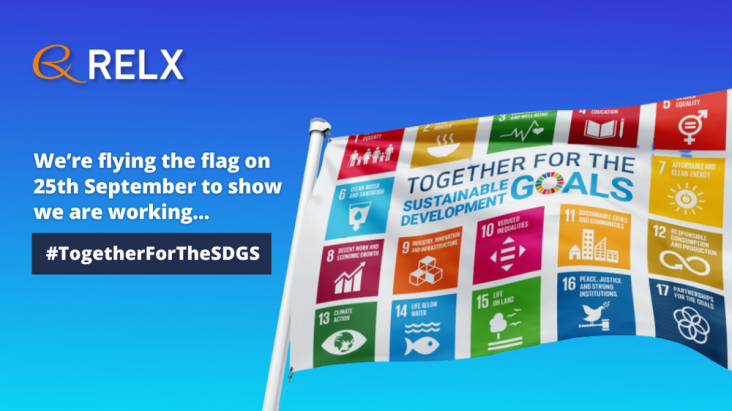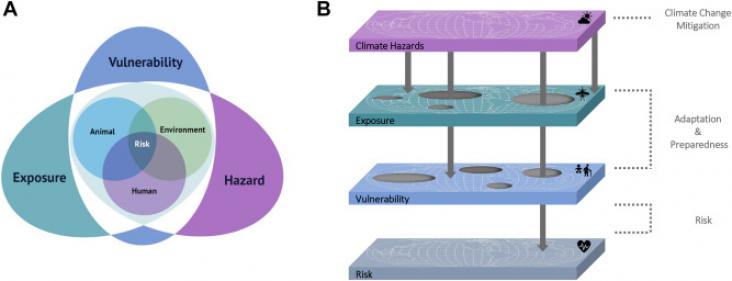The study shows the spike glycoproteins of the coronaviruses that are carried by these animals and by humans; they have a number of major structural similarities to one another.
UN's Summit of the Future 2024: Paving the Path for SDG Resources
Conservation scientists often aim to modify animal behaviour for management. However, there are ethical/welfare issues associated with this. The authors provide a decision support tool to assess the ethical considerations of modifiy animal behaviour against alternative options
The paper highlights the increasing importance of multiple-use protected areas in achieving global conservation targets, emphasizing their effectiveness in conserving biodiversity and socio-economic benefits, and calling for closing knowledge gaps to ensure their continued contribution to meeting policy goals such as the 2030 target to protect 30% of Earth's surface.

WE Empower Pitch Night, hosted by Diane von Furstenberg, will be a dynamic evening event bringing together top business leaders, the media and other key influencers to participate in an innovative
This paper probed the potential of using vegetation cover as an ecological barometer to gauge the level of environmental damage and restoration in mining areas.
This chapter advances the UN SDG goals 15, 11, and 17 by reviewing ways for community members to take part in insect conservation. Particularly with the rise of social media and the popularity of new reporting apps, citizen science is an often overlooked, yet effective tool in monitoring insect biodiversity and invasive species.

As we enter the ninth year since the adoption of the UN Sustainable Development Goals (SDGs) in 2015, the pressing need to meet these ambitious objectives becomes ever more evident.

In this episode of the "World We Want" podcast, Márcia Balisciano and David Emmett, from the Biodiversity Partnerships team at the Hempel Foundation, engage in a deep conversation. They discuss the importance of biodiversity conservation, and how our efforts toward preserving wildlife species should not ignore the human communities that surround and rely on them.

Climate change is one of several drivers of recurrent outbreaks and geographical range expansion of infectious diseases in Europe.
